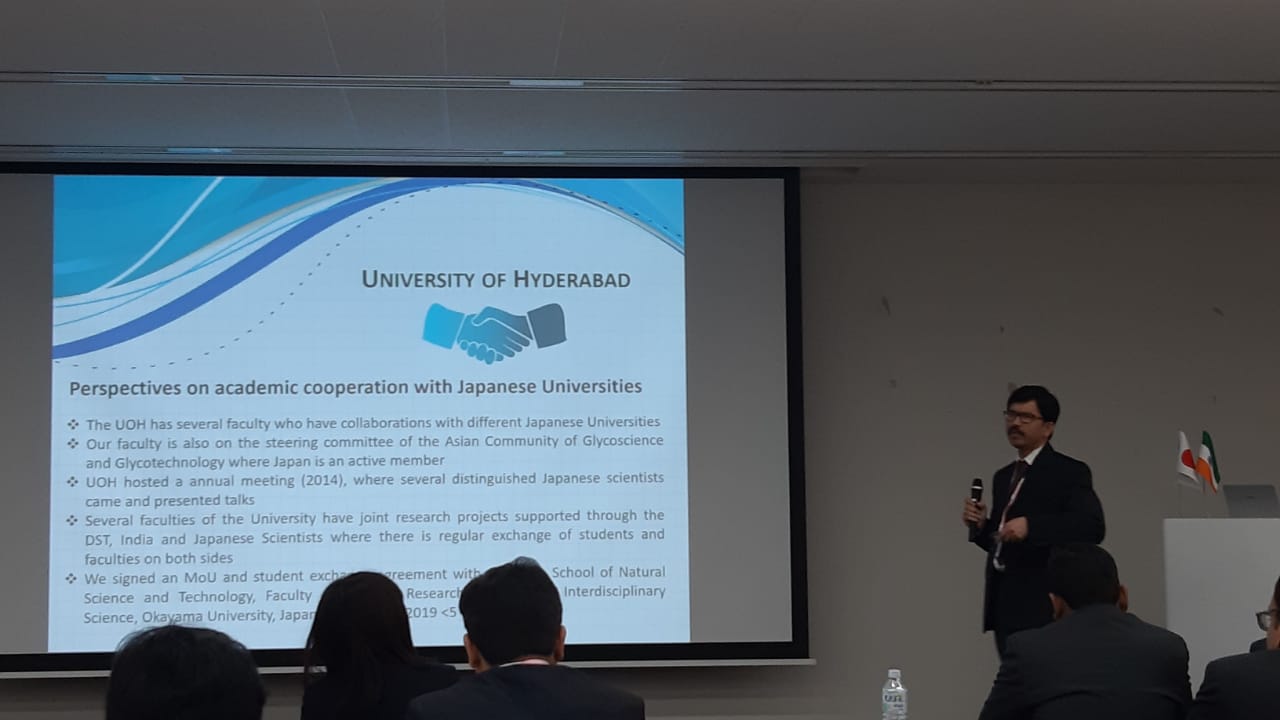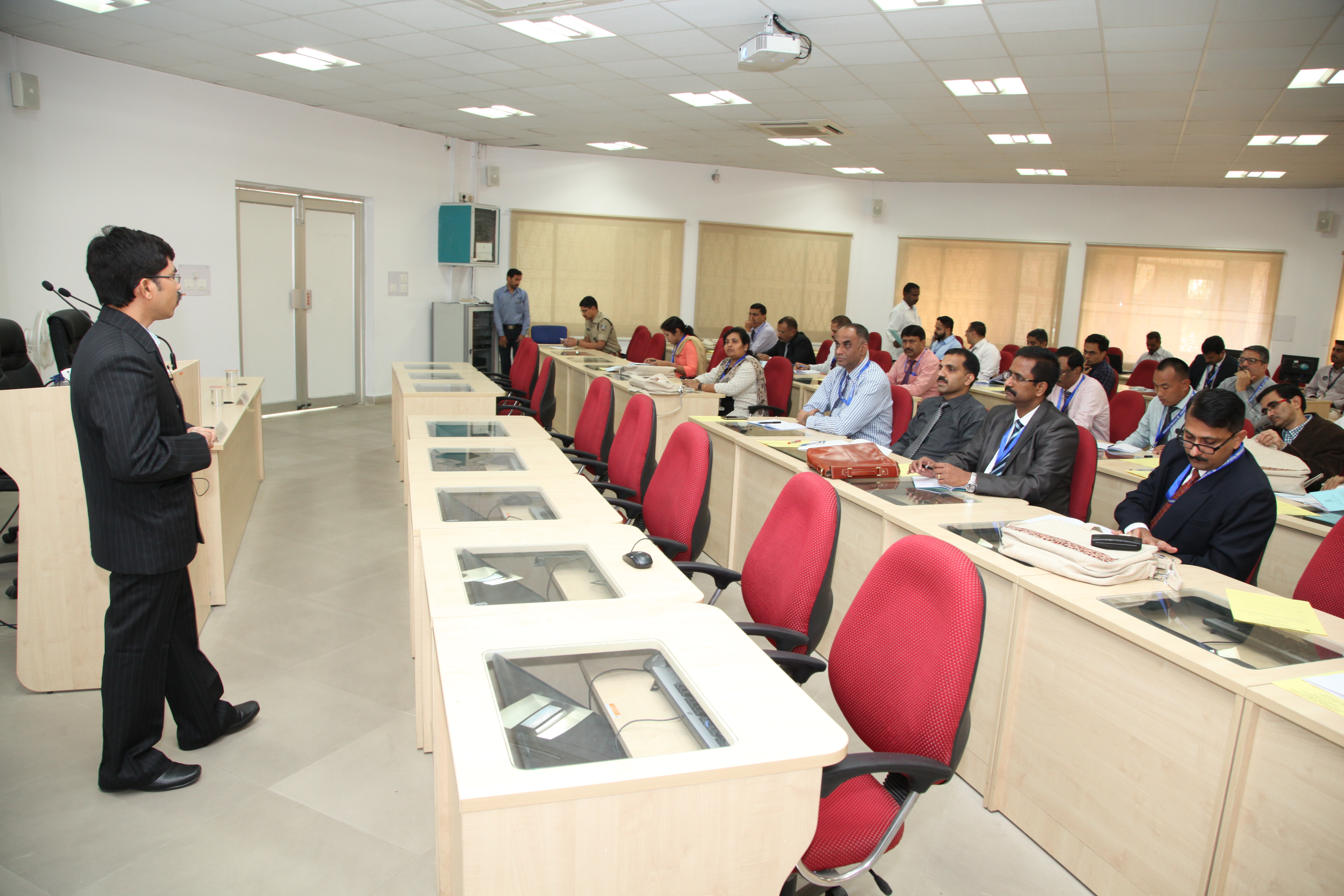DIGAMBAR PAWAR
Ph.D, BITS PILANI
(IEEE Senior member)
I am currently Working as an Associate Professor in the School of Computer and Information Sciences, University of Hyderabad.
Areas of Research
Digital Forensics, Cloud Computing and allied areas, Information Security
Visit Google Scholar


Academic Background
| Qualification | Details |
|---|---|
| Ph.D | Title: Novel Digital Forensic Framework for Cloud Computing Environment, BITS Pilani, during 2011-2016 |
| M.Tech | In Computer Science and Engineering, NIT Warangal, during 2001-2003 |
| B.Tech | In Computer Science and Engineering, SRKR, Andhra University, during 1997-2001 |

Employment details
A total of 20+ Years of experience: 14+ years in teaching (B.Tech & M.Tech level) & 6 years in Research and Development in a Central Government organization.
| Designation | Associate Professor | Lecturer/Asst. Prof | Scientist. B |
|---|---|---|---|
| Organization | University of Hyderabad | BITS Pilani Hyderabad Campus | CDAC, Trivandrum |
| From | 01.03.20117 | 14.03.2011 | 16.11.2005 |
| To | Till date | 30.11.2016 | 11.03.2011 |
BITS Pilani Hyderabad
Weblink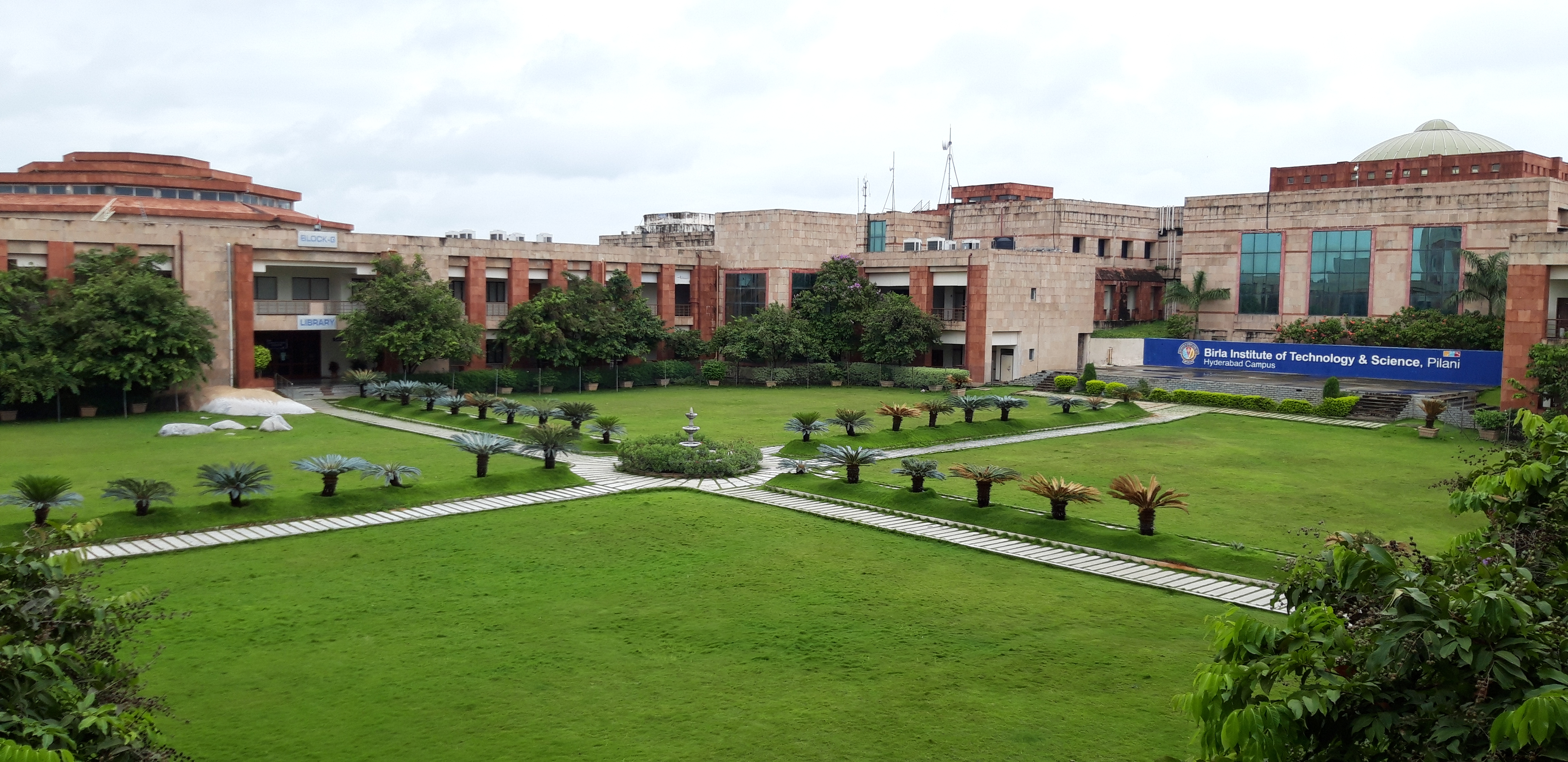
Centre for Development of Advanced Computing (CDAC), Trivandrum
Weblink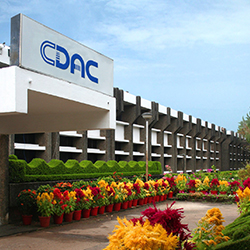
Projects under taken so far
| Duration of the Project | Details of the Project |
|---|---|
| Dec 2022 to Mar 2024 |
Project: MFT: Multimedia Forensic Tool - Image and video forgery detector Team Size: 6 Role (PI/Co-PI): Principal Investigator. Location: University of Hyderabad, Hyderabad - 500 046, Telangana, India Funding Agency: Institutes of Eminence (IoE), GOVT. of India Total grant: 21.40 Lakhs Description: With drastic increase in multimedia files particularly video and images, the authentication of these files face humongous challenge due to various forgery techniques available in the literature. Cyber criminals are taking advantage of these forgery techniques and creating false information that can mislead the court of law. To analyse these types of files to check the integrity or forgery, we require multimedia forensic tools. In the literature, there are various image/video forgery detection techniques which require the original source files. The major challenge in performing multimedia forensics is that the source files are unavailable during forensic investigation. Generally, during digital forensic analysis, only forged files are available and not the original. In this research project, we propose a prototype model in the form of a tool that will detect tampering in the images and videos for which the source is unavailable and localize the area of the forgery. |
| Sept 2014 to Sept 2016 |
Project: Cloud Investigator (Design and Development of Digital Forensic Tools for Cloud IaaS) Team Size: 6 Role (Co-Investigator): Architect for Digital Forensics in cloud IaaS. Location: BITS Pilani, Hyderabad campus, 500078, Telangana, India Funding Agency: Department of Electronics and Information Technology (DeiTY), GOVT. of India Total grant: 54.96 Lakhs Cloud testbed: OpenStack (icehouse) Description: Cloud forensics is a mechanism that provides the requisite tools for investigation and analysis of cloud security threats. Due to the decentralized nature of data processing in cloud, traditional approaches to evidence collection and recovery are not practical. The aim of this project was to design a generic digital forensic framework for the cloud crime investigation by identifying the challenges and requirements of forensics in the virtualized environment of cloud computing, address the issues of dead/live forensic analysis within/outside the virtual machine that runs in a cloud environment, and to design a digital forensic triage using parallel processing framework to examine and partially analyze the virtual machine data to speed up the investigation of the cloud crime. To analyze the evidence within the virtual machine, we designed various methods of examining the file system metadata, the registry file content, and the physical memory content. For the evidence which is outside a virtual machine (cloud logs), various methods of log data segregation and collection have been devised. |
| Nov 2005 to Mar 2011 | Location: Center for Development of Advanced Computing (CDAC), Trivandrum – 695 033, Kerala, India Project: CyberCheck (Digital forensic tool) Team Size: 15 Module: 1 Role (Module Leader): Design and Development of CyberScript module. Programming Language: VC++, MFC. Description: CyberCheck: Cyber Forensics tool for data recovery and analysis. It is windows based application which allows a user to analyse the hard disk content including deleted files, contents in the slack and swap areas CyberScript: Scripting is a programming facility, which can be effectively used for performing a batch search process in an evidence file to automate the analysis process. CyberCheck should provide this facility so that analyzing officers can plan the analysis in advance and get it done without much user interaction. The functionality of the module includes,
Module: 2 Team Size: 2 Role (Module Leader): Design and Development of in-place (Zero storage) carving of data. Programming Language: VC++, MFC. Description: Module for in-place carving of data provides a facility for extracting complete or fragments of different types of files. Usually traditional cyber forensic tools does not extract files from areas like unallocated clusters, lost clusters and slack spaces (especially disk slack). Using this module, investigator can recover known files from all these areas of storage media. |
| Nov 2009 to Mar 2011 |
Project: F-DAC (Forensic Data Carving Tool) Team Size: 2 Role (Project Leader and Architect): Design and Development of F-DAC. Programming Language: VC++, MFC. Description: F-DAC is a forensic tool used for file carving. File carving is the process of recovering files from a disk without the help of a file system. Using Header/Footer carving method for this purpose. Header/Footer is a method of carving files from a binary image using a distinct header (start of file marker) and footer (end of file marker). Project: Data Extractor Team Size: 1 Role: (Project Leader and Architect): Design and Development of Data Extractor. Programming Language: VC++, MFC. Description: Data Extractor is a database application, using which user can filter database content using SQL query. GUI is provided to the user to write a query and extract the database content based on the written query. Project: FIRT (Forensic Image Recovery tool) based on skin tone filtering technique. Team Size: 2 Role (Project Leader and Architect): Design and Development of FIRT. Programming Language: VC++, MFC. Description: FIRT is a forensic tool used to retrieve all picture files from a digital media/image. Files are retrieved using distinct headers of the files. We use file system information to retrieve undeleted files and data carving methods to retrieve deleted files. This tool uses skin tone detection techniques to identify a pornography picture file. |
Research Publications
- Pranitha Sanda, Digambar Pawar and V. Radha, "WiDeS: Wiping Detection using System-calls - An Anti-Forensic Resistant Approach", 22nd IEEE International Conference on Trust, Security and Privacy in Computing and Communications (TrustCom-2023), Exeter, England, UK.
- Neha Kaliya and Digambar Pawar, "Unboxing fog security: a review of fog security and authentication mechanisms", Computing (2023), pp. 1-27. <IF:3.7>
- Raghavendra Gowada, Digambar Pawar and Biplab Barman, "Unethical Human Action Recognition using Deep Learning based Hybrid model for Video Forensics", Multimedia Tools and Applications (2023), <IF:3.6>
- Ali Akber Faiz, Digambar Pawar and Neha Kaliya, "Implementing Fog Computing Architecture using AWS IoT Greenpass", 7th International Conference on Information and Communication Technology for Competitive Strategies (ICTCS-2022) (Accepted, Dec-2022), <Springer LNNS, ISSN:2367-3370>
- Raghavendra Gowada and Digambar Pawar, "Deep Learning based Forgery Identification and Localization in Videos", Journal of Signal, Image and Video Processing (2022), <IF:2.3>
- Pranitha Sanda, Digambar Pawar and V. Radha, "Blockchain-based tamper-proof and transparent investigation model for cloud VMs", The Journal of Supercomputing (2022), pp. 1-29. <IF:3.3>
- Pranitha Sanda, Digambar Pawar, and V. Radha, "An insight into cloud forensic readiness by leading cloud service providers: a survey", Computing (2022), pp. 1-26. <IF:3.7>
- Raghavendra Gowada and Digambar Pawar, "Porn Image Forensics: Image Classification, Forgery Detection and Localization" International Conference on Computing in Engineering & Technology (pp. 359-371). Springer, Singapore, 2022
- Pranitha Sanda, Digambar Pawar and V. Radha, "VM Anti-forensics: Detecting File Wiping Using File System Journals", International Conference on Computing in Engineering & Technology (pp. 497-508). Springer, Singapore, 2022.
- Digambar Pawar and Mayank Gajpal, "Image Forensic Tool (IFT): Image Retrieval, Tampering Detection, and Classification", International Journal of Digital Crime and Forensics (IJDCF), 13.6 (2021),pp. 1-15, <IF:0.7>
- Tasleem Sulthana and Digambar Pawar, "Digital Forensic Investigator for Cloud Computing Environment", Computer Communication, Networking and IoT, Springer, Singapore, 2021, pp. 53-61
- Raghavendra Gowada, Digambar Pawar and Satish Reddy Tetali, "Multimedia Forensics-An approach to detect and analyze Human faces in multimedia files", 2019 Fifth International Conference on Image Information Processing (ICIIP), (pp. 274-279). IEEE
- Digambar P. and Dr. Geethakumari, “Digital Forensic Architecture for Cloud Computing Systems: Methods of Evidence Identification, Segregation, Collection and Partial Analysis”, Third International Conference on INformation systems Design and Intelligent Applications - INDIA-2016, Advances in Intelligent Systems and Computing (AISC) series, Vol. 433, pp. 213-225 (Springer)
- Digambar P., Saibharath and Dr. Geethakumari, “Real-time digital forensic triaging for cloud data analysis using MapReduce on Hadoop framework”, International Journal of Electronic Security and Digital Forensics, Inderscience Publishers, Vol. 7, Issue No. 2, pp. 119-133 (2015), <IF:0.8>
- Meera G, B K S P Kumar Raju, Digambar P. and Dr. Geethakumari, “A strategy for enabling forensic investigation in cloud IaaS”, Proceedings of the 2015 IEEE International Conference on Electrical, Computer and Communication Technologies, IEEE ICECCT 2015, March 05-07, 2015, India, Proceedings in IEEE Explore
- Digambar P., and Dr. Geethakumari, "A Heuristic Model for Performing Digital Forensics in Cloud Computing Environment", International Symposium on Security in Computing and Communications (SSCC-2014), Communications in Computer and Information Science (CCIS), Volume 467, 2014, pp 341-352, (Springer)
- Shanti Swaroop Moharana, Rajadeepan D. Ramesh and Digambar P., “Analysis of load balancers in cloud computing”, International Journal of Computer Science and Engineering (IJCSE), Vol. 2, Issue 2, pp. 101-108, 2013
- Digambar P., and Dr. Geethakumari, “A Novel approach to Detect Cloud Virtual Machines hidden using Alternate Data Streams”, Proceedings of the IEEE International Multi Conference on Automation, Computing, Control, Communication and Compressed Sensing, iMac4s-2013, March 22-23, Kottayam, India, 2013, pp. 835-839
- Digambar P., and Dr. Geethakumari, “Digital Evidence Detection in Virtual Environment for Cloud Computing”, Proceedings of the ACM International Conference on Security of Internet of Things, SecurIT’12, August 17-19, Kollam, India, 2012, pp.102-106
- Digambar P., Divya S. Vidyadharan and Thomas K.L, “Digital image evidence detection based on skin tone filtering technique“, in International conference on advances in computing and communications, ACC 2011, Part I, CCIS 190, PP. 544-551, 2011(Springer)
- Digambar P. and V.K. Bhadran, “Forensic Data Carving”, ICDF2C 2010, LNICST 53, pp. 137-148, 2010
Students
PhD:
| Student Details | Scholarship | Area of research/Title | Status of the research | Educational Background | |
|---|---|---|---|---|---|
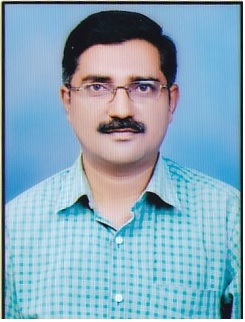 |
Raghavendra Gouda (18MCPC02) | QIP | Image and Video Forgery Identification and Localization from Multimedia Forensics Perspective | Completed | ME |
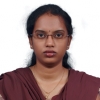 |
Pranitha (19MCPC01) | IDRBT Research Fellowship | Cloud VM forensics | Ongoing | M.Tech (CSE), B.Tech (IT) |
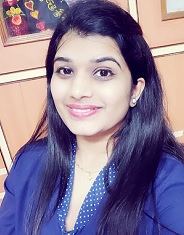 |
Neha Kaliya (20MCPC01) | JRF | Fog Security - Authentication | Ongoing | M.Tech (CS-Information Security) |
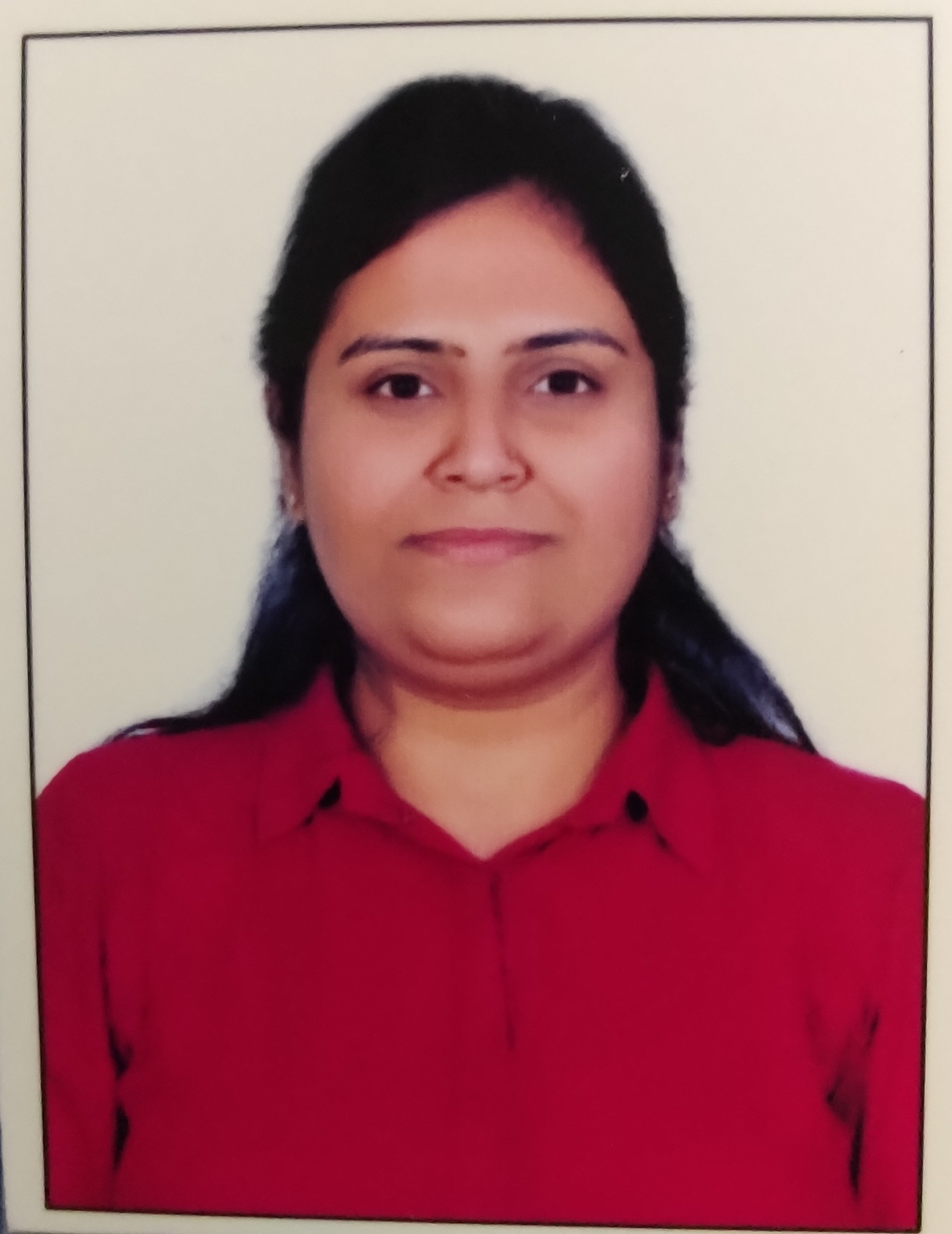 |
Sonam Sharma (22MCPC10) | PMRF (Prime Minister's Research Fellowship) | Hardware Security | Ongoing | M.Tech (Artificial Intelligence) |
 |
G. SRIKANTH REDDY (22MCPC12) | NIL (Part time) | Multimedia Forensics | Ongoing | M.Tech (SE) |
M.TECH:
| Year | Student Details |
|---|---|
| 2022-2024 (Ongoing) |
|
| 2021-2023 |
|
| 2020-2022 |
|
| 2019-2021 |
|
| 2018-2020 |
|
| 2017-2019 |
|
MCA:
| Year | Student Details |
|---|---|
| 2021-2022 |
|
| 2019-2020 |
|
| 2018-2019 |
|
| 2017-2018 |
|
Current Semester:
- Database Management Systems
- Database Management Systems Lab
Previous Semesters:
- Ethical Hacking and Computer Forensics
- Information Security
- Data and File Structures
- Advanced Computer Architecture
- Object Oriented Design
- Java Programming lab
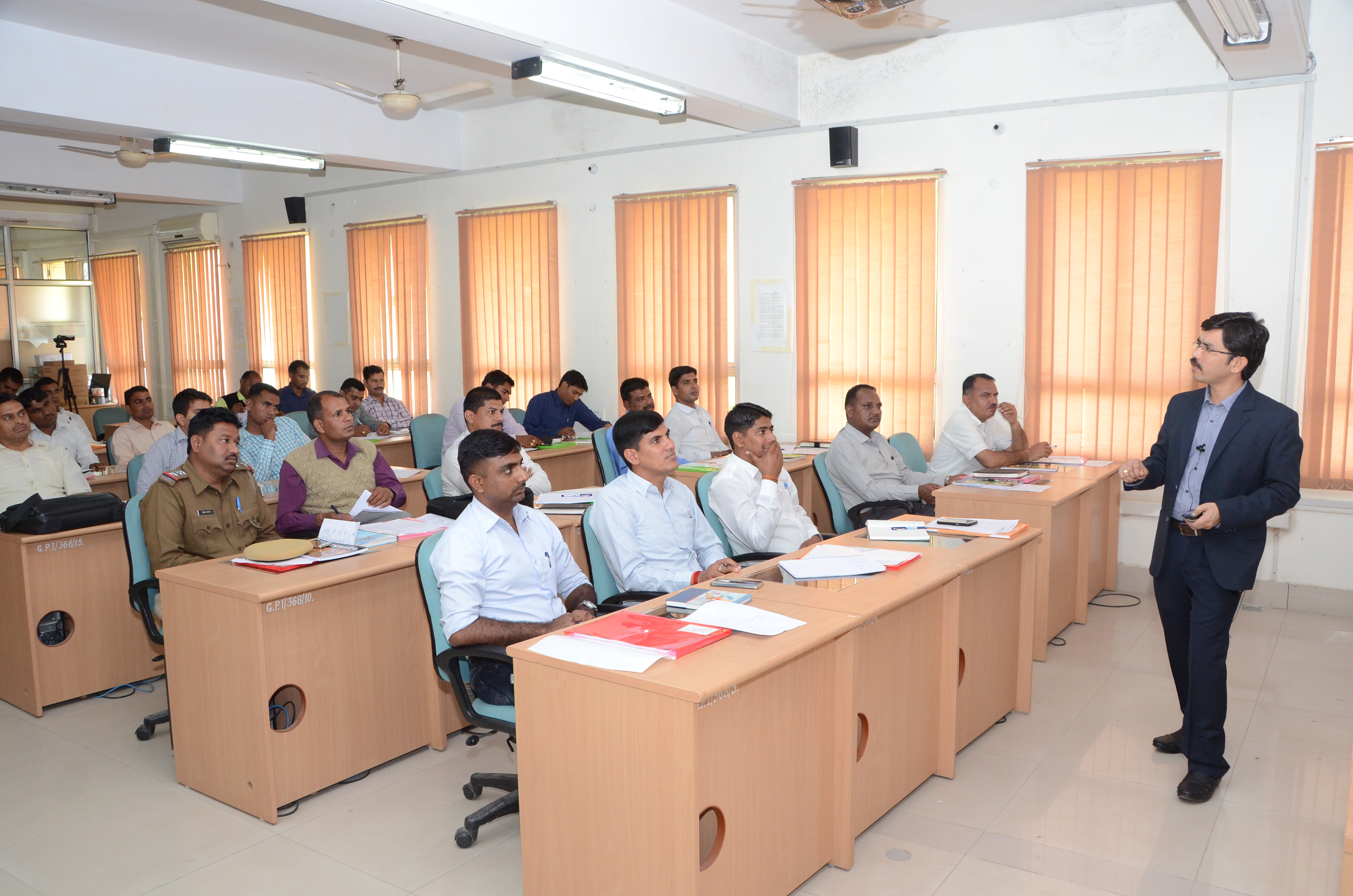
Invited speaker on "Introduction to Cyber Crimes and Digital Forensics", Rajasthan Police Academy, Jaipur
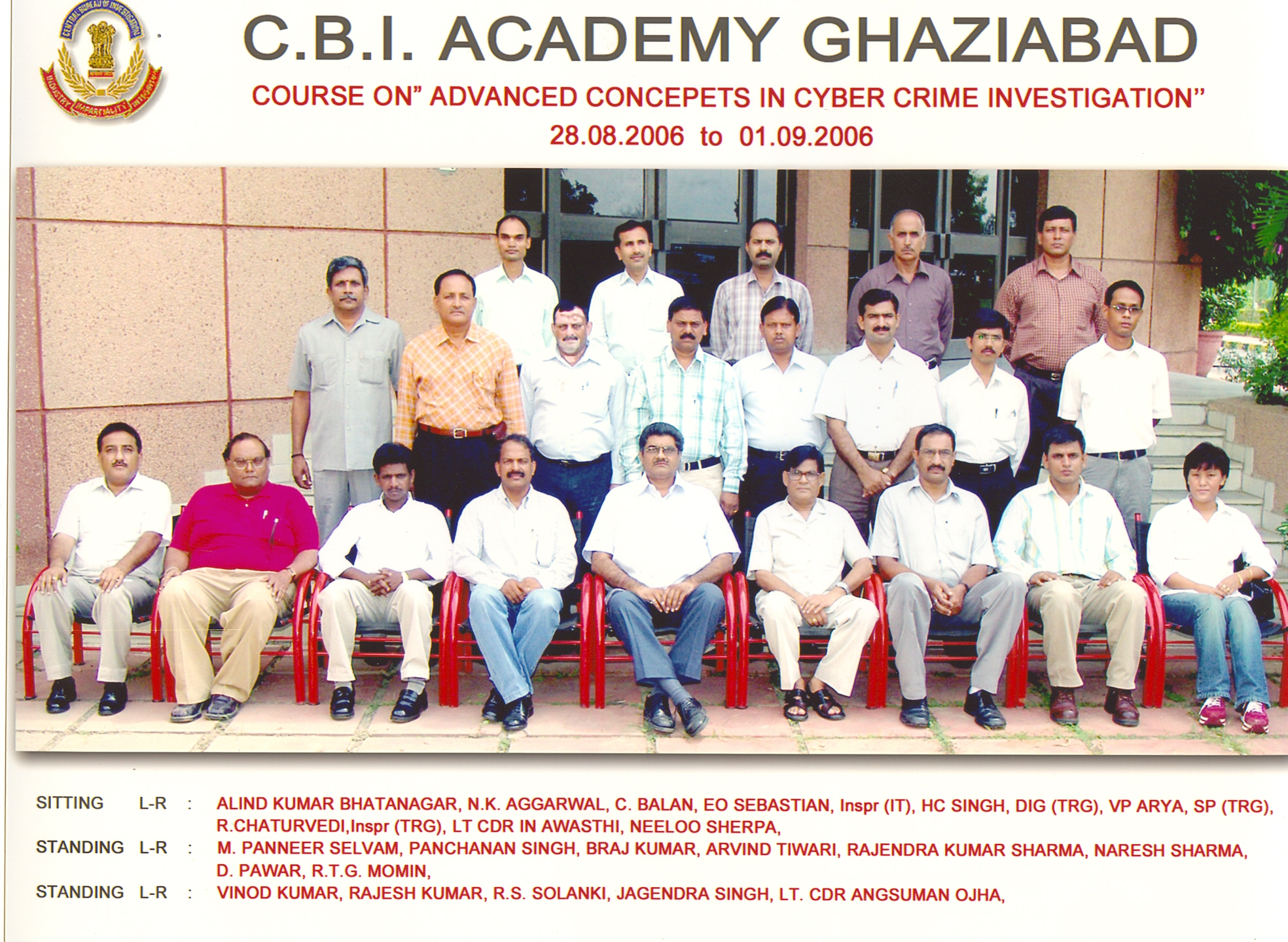
Attended a course on "Advanced Concepts in Cyber Crime Investigation, CBI Academy, Ghaziabad, New Delhi, India
Contact
Dr DIGAMBAR PAWARAssociate Professor,
School of Computer and Information Sciences,
University of Hyderabad, P.O. Central University, Hyderabad, TS, India.
Pin 500046.
Email: dpr@uohyd.ac.in

